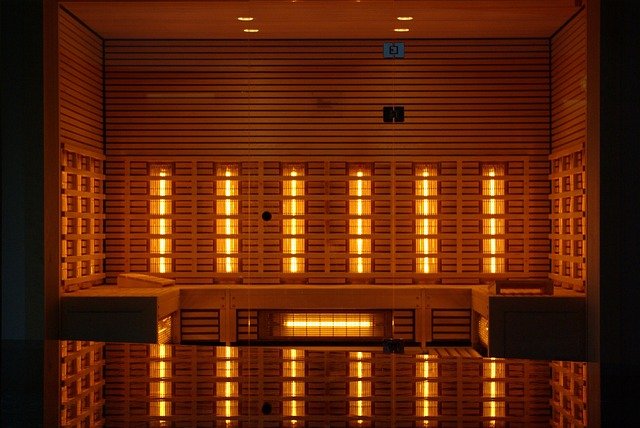House Sauna Options for Home: Wood vs Infrared Heat
A house sauna can be a practical addition for people seeking a private place to relax, ease muscle tension, or add value to a property. Home saunas come in different styles and use different methods of producing heat, from traditional wood-fired stoves to modern infrared panels. Choosing the right type depends on space, ventilation, installation requirements, and personal preference for heat type and maintenance. This article outlines common options and considerations for installing and using a sauna in your home.

What is a home sauna and common types
A home sauna is a small room or enclosure designed to be heated to temperatures that promote sweating and a sense of warmth. Common types include traditional Finnish saunas, which use a stove and heated stones, and infrared saunas, which use radiant panels that warm the body directly. Saunas can be indoor or outdoor, prefabricated cabins or custom-built, and sized from one-person units to family-sized rooms. When planning, consider ventilation, electrical or chimney needs, and materials that withstand repeated exposure to heat and humidity.
How does sauna heat affect the experience
Heat in a sauna shapes the environment and how people perceive comfort. Traditional saunas produce convective heat and often higher air temperatures (typically 70–100°C), with humidity adjusted by adding water to stones. Infrared saunas operate at lower air temperatures (often 40–60°C) but deliver radiant heat that penetrates the skin more directly. The character of the heat—dry, moist, radiant—affects sweating, perceived warmth, and how long sessions feel comfortable. Proper hydration, timed sessions, and gradual exposure help manage the body’s response to any type of sauna heat.
Wood-fired saunas: what to expect
Wood-fired saunas use a stove (wood-burning heater) and heated stones to generate a traditional, aromatic heat. These systems are common in rural settings or where people value the ritual of tending a fire and the distinctive wood-smoke ambiance. Wood saunas typically need a suitable chimney, safe clearances from combustibles, and a reliable supply of seasoned firewood. They can be economical to run where wood is available, but require more maintenance, regular cleaning of ash, and attention to ventilation and stove safety compared with electric or infrared systems.
Infrared saunas and how they differ
Infrared saunas use electrical panels that emit infrared radiation to warm the body directly rather than primarily heating the surrounding air. They tend to heat up faster and operate at lower air temperatures, which some users find more comfortable for longer sessions. Infrared panels require adequate electrical supply and attention to panel placement for even exposure. These saunas are often available in compact prefabricated cabins suited to indoor installation. Users should verify specifications for power consumption, materials, and warranties, and ensure the room or unit is designed for safe, prolonged exposure to infrared radiation.
Installing a sauna in your home: practical considerations
Installing a home sauna involves decisions about location, materials, power source, and ventilation. Common locations include a spare bathroom, basement, garage conversion, or backyard structure. Interior installations must address moisture management, insulation, and a moisture barrier to protect framing and finishes. Electric and infrared units need appropriate electrical circuits installed by a licensed electrician; wood-fired units require a safe stove pad, chimney, and clearance. Flooring should be non-slip and water-resistant, and seating and interior walls are typically constructed from softwoods like cedar or hemlock that tolerate heat and resist warping. Local building codes and permits may apply, and hiring experienced local services for installation or inspection can reduce risk.
This article is for informational purposes only and should not be considered medical advice. Please consult a qualified healthcare professional for personalized guidance and treatment.
Conclusion
A house sauna can be tailored to personal preferences and site limitations, with wood-fired and infrared units offering distinct experiences of heat, maintenance, and installation needs. Evaluate available space, ventilation, power or fuel supply, and local building rules when choosing a home sauna. Thoughtful selection of materials and professional installation help ensure a safe, comfortable, and durable sauna that fits into daily routines and the home environment.






